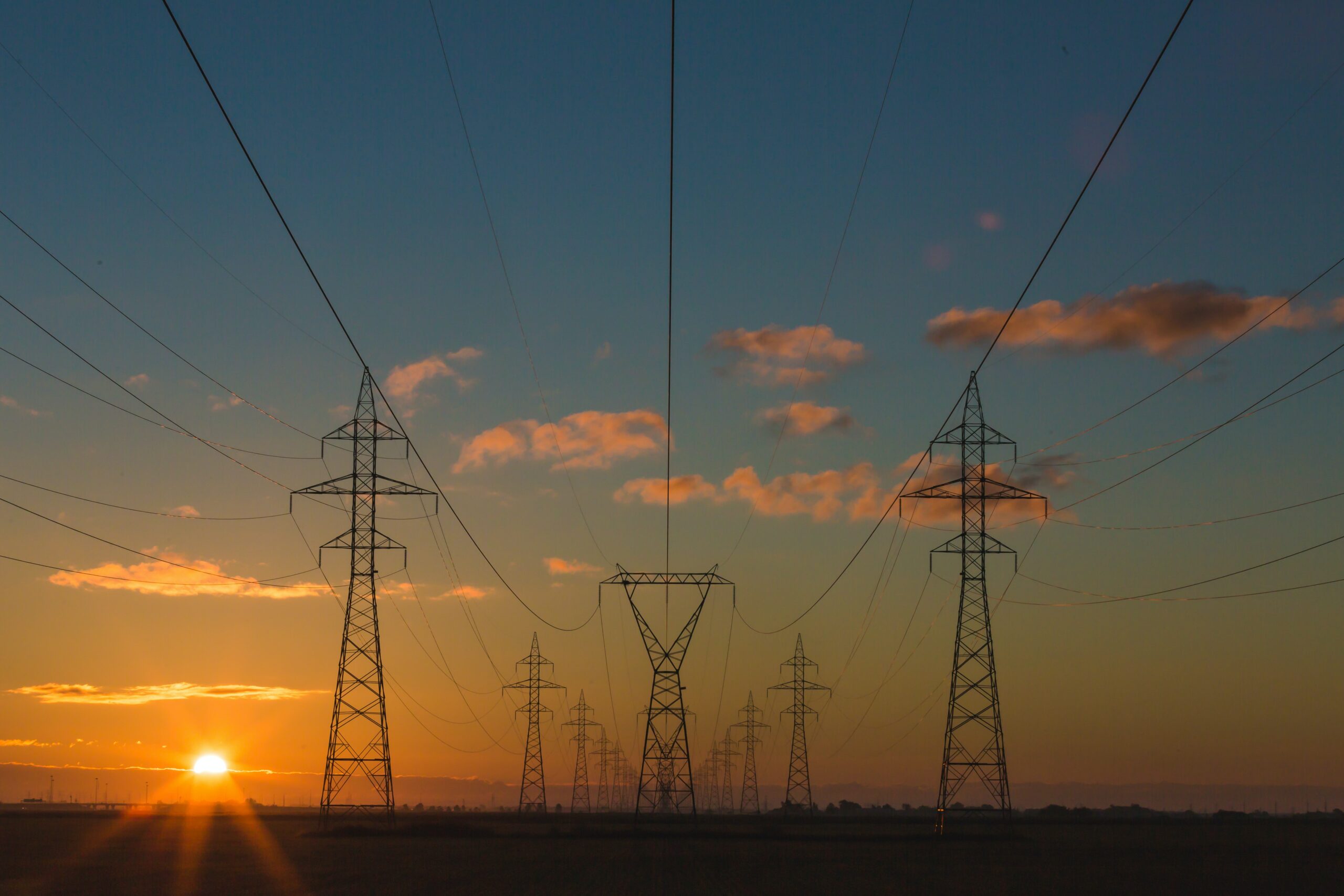
Commodities | ESG & Climate Change | Politics & Geopolitics

Commodities | ESG & Climate Change | Politics & Geopolitics
This article is only available to Macro Hive subscribers. Sign-up to receive world-class macro analysis with a daily curated newsletter, podcast, original content from award-winning researchers, cross market strategy, equity insights, trade ideas, crypto flow frameworks, academic paper summaries, explanation and analysis of market-moving events, community investor chat room, and more.
Energy prices surged over the past month. Natural gas prices are up 32%, oil prices 11%, and coal prices a whopping 44% (Chart 1). Numerous factors are at play, but we think five dominate. Three are temporary. Yet at least two – climate change policies and energy geo-politics – could be structural, potentially keeping energy prices elevated for longer. The clearest market implication is slower global growth and consequently weaker risk markets.
(1) Re-Opening Demand
The proximate trigger for the price surges has been the moderation in COVID cases. Daily cases have already peaked in almost all major economies (Chart 2). This has allowed countries to ease restrictions and given companies more confidence to restart activity.
(2) Inventory Build
Just like other sectors, the energy sector has been caught short inventory. The plunge in energy prices during the start of COVID in March 2020 saw energy producers scale back, while a harsh winter saw existing inventories drawn down. Now, a race is on to rebuild energy inventories before the coming winter. Notably, European stored gas is only at 74% capacity compared with around 95% in previous years (Chart 3). Meanwhile, crude oil and petroleum product inventory has been falling in countries like the UK and Japan (Chart 4).
(3) Logistical Challenges
Aside from the sources of energy, moving it to the right places is an issue. Driven partly by lockdowns associated with zero-COVID strategies in Asia, port closures have caused freight prices to surge. And some countries, notably the UK and US, have suffered a shortage of long-haul truck drivers. Rather than trained drivers not existing, the shortage appears to be because they have not returned to the workforce. In the US, where we have more detailed data, drivers have seemingly rotated from long-haul to local, while in the UK, the furlough scheme may be giving drivers pause (Charts 5 and 6).
(4) Accelerated Climate Change Policies
From forest fires to heatwaves, extreme weather events have become more prominent during the pandemic period. This has coincided with the Intergovernmental Panel on Climate Change publishing their sixth assessment report and an upcoming UN climate change summit (COP26). Against this backdrop, the largest carbon emitter, China, announced large prospective cuts to emissions in late 2020 (Chart 7). And greater European restrictions have seen carbon emission pricing surge (Chart 8).
Consequently, energy sources such as oil, coal and nuclear have been shunned. This has increased pressure on natural gas and renewables as alternatives. Yet there is too little of either to fill the void left by oil and gas. This suggests a potential longer-term challenge for energy markets: the hope of carbon neutrality versus the reality of energy needs.
(5) Energy (Geo)Politics
Geopolitics has played an important role in this latest energy crunch. Last year, China imposed import restrictions on coal from Australia – prompting Australian coal exports to China to collapse (Chart 9). Yet China continues to rely on coal-fuelled power stations, driving coal demand. Meanwhile, Russia is potentially withholding gas supply from Ukraine and Germany as leverage to get Germany to activate the Nord Stream 2 pipeline (Chart 10). Through all of this, both China and Europe are fighting over available oil and gas supplies – with China generally winning.
Of these five factors, the first three are shorter term and should ease in coming months. But the last two – climate change policies and energy geopolitics – could endure longer. This suggests energy markets, like oil, may not fall too sharply from current levels.
The clearest market implication is a possible hit to global growth, either through higher energy costs acting as a tax on consumption or more hawkish central banks – or both. Indeed, previous oil price surges have often coincided with US recessions (Chart). This time it may be Europe and China that may suffer more due to their foreign energy dependence – so the growth risks may be more acute there. But more generally, global growth downside risks have increased. Therefore, we would expect growth-sensitive markets (notably equities and many EMs) to struggle in this regime.
Spring sale - Prime Membership only £3 for 3 months! Get trade ideas and macro insights now
Your subscription has been successfully canceled.
Discount Applied - Your subscription has now updated with Coupon and from next payment Discount will be applied.